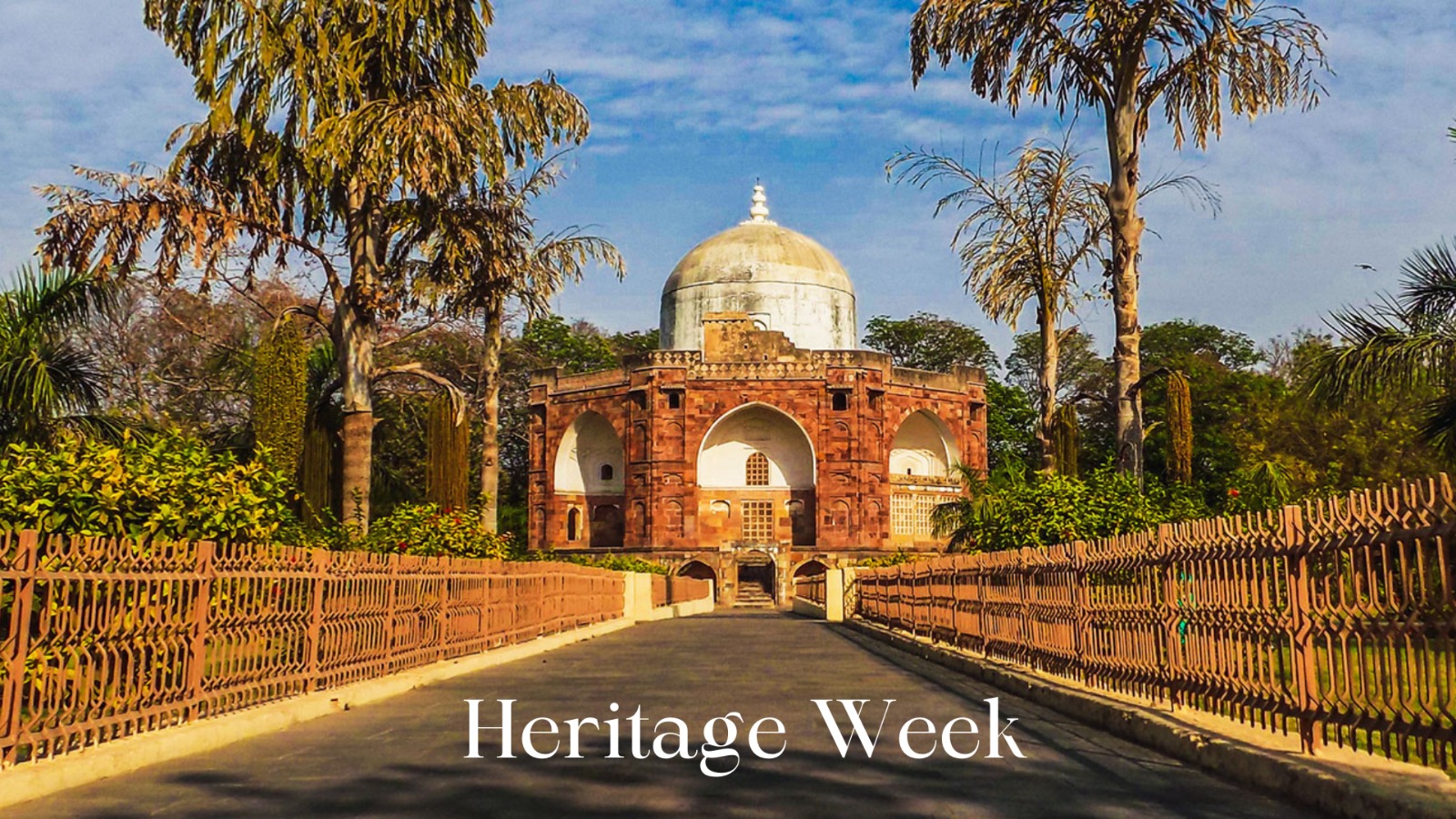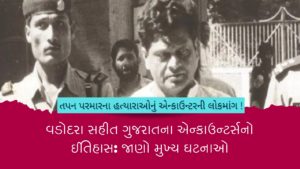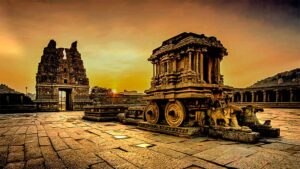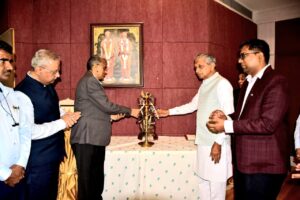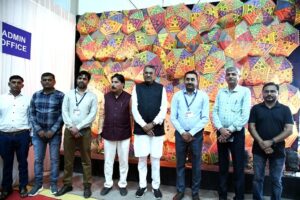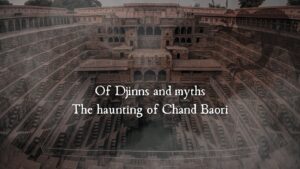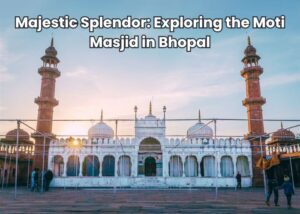-An article by Poojan Patel
VADODARA, INDIA – As the heritage week celebrations are commencing in Vadodara, Gujarat’s cultural capital, an awe-inspiring audio-visual installation is being unveiled on Monday evening, shedding light on the captivating history of Qutubuddin Muhammad Khan’s tomb, colloquially known as Hazira.
Nestled in a serene city corner, the mausoleum of Qutb-ud-din Muhammad Khan, a relic of Baroda’s Pre-Gaekwadi era, preserves the graves of Khan and other notables. Khan, tutor to Jehangir, Akbar’s successor, met his demise in 1583 at the hands of Muzaffar III. The mausoleum, locally known as Hazira, dates back to 1586 A.D.
This unique event is being organized by ‘Soul of a Vav’ in collaboration with the Archaeological Survey of India’s Vadodara circle. The installation, spearheaded by eminent visual artist Kakoli Sen, who has been extensively researching the stepwells of Gujarat after receiving a fellowship from the Ministry of Culture, is serving as a poignant reminder of our responsibility to preserve these invaluable remnants of our heritage for generations to come.
Sen’s captivating site-specific installation is promising to unravel the veiled chronicles of this revered structure, which has been serving as a nexus of cultural narratives for centuries. “It is unveiling myriad strata of historical evolution – a convergence point for gatherings, a serene space where women are congregating while drawing water and a sanctuary for numerous religious ceremonies,” Sen remarked.
The installation is set to mesmerize visitors with its immersive blend of sound and visuals, transporting them back in time to witness the rich tapestry of Hazira’s past. Through an interplay of historical narratives, captivating imagery, and evocative soundscapes, the installation is aiming to foster a deeper appreciation for the cultural significance of this architectural gem.
This initiative is marking a significant step towards preserving and promoting Vadodara’s cultural legacy, ensuring that the stories embedded within these heritage structures are continuing to inspire and enrich future generations.

